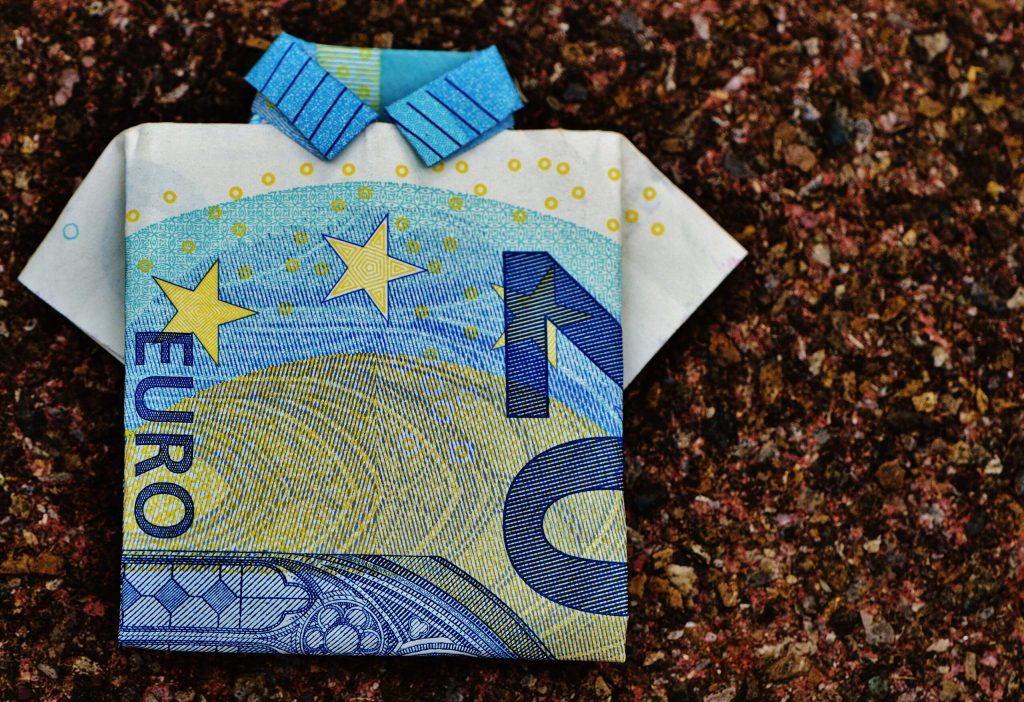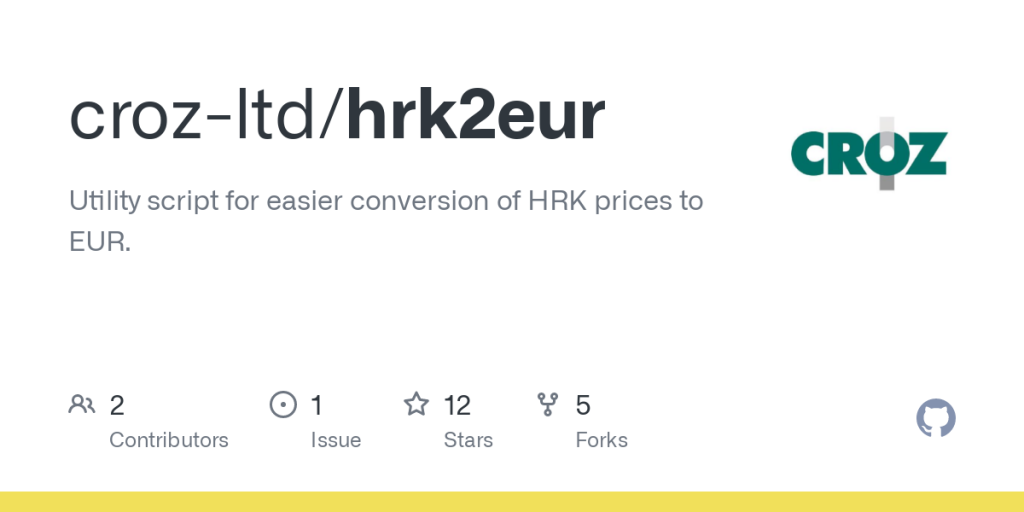In recent months, the transition to Euro as the new monetary currency has posed adaptation challenges for all industries, especially in the IT industry. The biggest challenge for us was adapting the enterprise systems used by numerous clients, particularly financial institutions, which handle enormous amounts of data for processing and analysis.
Now, one month after the official acceptance of the Euro as the new national currency, we can make conclusions and evaluations about how successfully the projects worked on by CROZ engineers went. To share our experience and insights, we have decided to present project stories about the organization and implementation of the Euro introduction project and the challenges faced. As previously mentioned in this article, our preparation and consideration of options covered both the application and data layer.
Let us see how we achieved this through two project stories by our users!
Data review
Firstly, here is the story of a data project with a large amount of sensitive data processing consisting of data analytics and visualization components.
We started the Euro introduction project with a detailed analysis of the current situation and the impact on each part of the data processing process. Planning activities began more than 18 months prior to the new currency’s introduction. Why so early? The answer is simple. If we observe one application and analyze it, we can easily conclude that adaptation does not take much time and ‘’everything can be done’’ within the given deadline. But when you have, as is the case in data integration projects, 50 or more applications that you depend on and that you load into the data platform, you conclude that there is not that much time after all. An important step, in addition to starting the planning in time, was to define the custom design pattern, as much as possible, so that as many sources that are loaded can work in the same way using the same frameworks. At that time, the big question for us was: what value of the fixed exchange rate will be used when converting HRK to EUR? As we regularly followed the legislation related to the introduction of the Euro, we mentioned the exchange rate, which was confirmed at the end, at a moment’s notice, early enough. But to be sure, we decided on a solution that allows us to quickly recalculate if the conversion rate does change.
In the fall of 2021, we initiated the development and modification of the data structure and processing for uploading to the data platform. This marked our initial evaluation of the suitability of the defined process and work framework. We soon realized that our approach was effective and even discovered ways to enhance the process for larger data processing. As a result, we are highly content with the design of the development process.
The data sources were timely loaded, and the implementation of new structures proceeded according to plan. So, our next step was to modify the analytical layer and verify the calculations by comparing EUR and HRK amount-based calculations. We utilized a reference set and thoroughly tested and analyzed any discrepancies. Most of the differences were attributed to rounding and marginal cases related to certain amounts to specific thresholds.
Key aspects of the project included testing, ensuring the quality of uploaded and processed data, and presenting test results. Throughout the entire adjustment process, we received continuous support from the users.

Before the official Euro implementation on January 1st, we made necessary adjustments to the data platform’s main components, including data loading, analysis, and reporting. On the transition date to Euro, we had only one minor manual adjustment to ensure the automated execution of the process could continue.
To fully finish the story with the transition, we made minor refinements throughout January that could not have been done earlier due to the method of retrieving the data, that is, the business logic carried by the data itself.
On the user side, the data and all outputs from the data platform that are delivered regularly have been calculated and analyzed since January in both HRK and EUR. It is important to note that the adjustment did not result in any system downtime. The presentation of data in both currencies has proven to be useful due to the easier comparison of data if there are user ad-hoc analyses from previous years, so parallel reporting will continue.
Stay tuned for the second part, because we will tell you another story about the introduction to Euro, but this time focusing on the application used on the public web.


